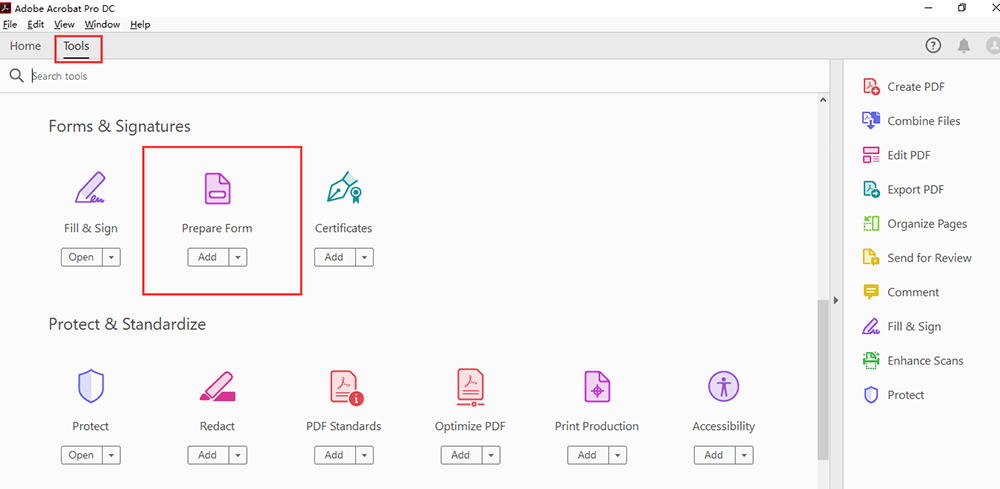



Some tools still do this today because it leads to a smaller PDF file if none of the extra features in OpenType are required. This was common practice with applications like Acrobat or InDesign before PDF 1.6 was released. That means PDF production tools can embed an OpenType font by taking it apart, copying either the TrueType or the CFF (Type 1) glyphs and embedding those in the PDF in their original/old style format. Within an OpenType font, the character shapes or glyphs can be encoded using either TrueType or Type 1.


 0 kommentar(er)
0 kommentar(er)
